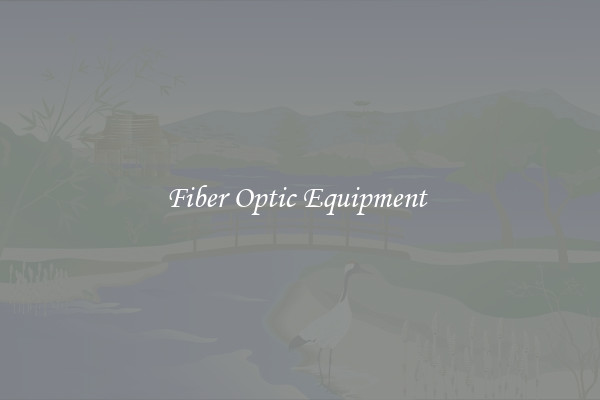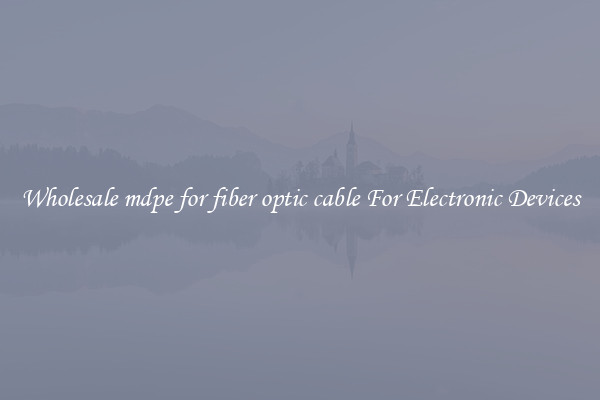Fiber Optic Equipment
Fiber Optic Equipment - Revolutionizing the World of Connectivity

In a rapidly evolving digital landscape, the need for fast and reliable internet connectivity has become more vital than ever before. From streaming high-resolution videos to facilitating seamless communication across the globe, fiber optic equipment has emerged as a game-changer in fulfilling these requirements. This article delves into the world of fiber optic equipment, exploring its significance, functionality, and impact on modern connectivity.
Fiber optic equipment forms the backbone of fiber optic networks, which transmit information through thin strands of glass or plastic. These strands, known as optical fibers, use light to carry vast amounts of data over long distances. While traditional copper cables can transmit data at a maximum speed of 10 Gbps, fiber optic cables have the potential to transmit data up to the speed of light—almost 186,000 miles per second. This incredible speed ensures unparalleled internet connectivity, allowing users to download large files, stream high-definition videos, and engage in real-time online activities with minimal latency.
The functionality of fiber optic equipment lies in its ability to convert electronic signals into optical signals and vice versa. The key elements of fiber optic equipment include fiber optic transmitters, receivers, amplifiers, and switches. Fiber optic transmitters, also known as optical transceivers, convert electrical signals into optical signals and send them over the fiber optic cables. On the receiving end, fiber optic receivers convert the optical signals back into electrical signals.
Fiber optic amplifiers play a crucial role in maintaining the integrity of the signal. As the data travels over long distances, it tends to weaken due to attenuation. Amplifiers boost the signal strength periodically to compensate for this loss and ensure high-quality data transmission. Additionally, fiber optic switches allow multiple channels of data to be transmitted simultaneously over a single fiber, enhancing the efficiency of the network.
The impact of fiber optic equipment on modern connectivity cannot be overstated. It has revolutionized various industries, including telecommunications, healthcare, finance, and education, among others. Fiber optic networks enable seamless communication and information exchange, allowing organizations to operate with greater efficiency and productivity. High-speed internet connectivity has also paved the way for advancements in telemedicine, remote learning, and virtual conferencing, empowering individuals and businesses to thrive in the digital era.
Moreover, fiber optic equipment offers unparalleled reliability. Unlike traditional copper cables, fiber optic cables are immune to electromagnetic interference and radiofrequency interference. This insulation ensures that the quality of the signal remains unaffected even in high-density environments or areas prone to electrical disturbances. Additionally, fiber optic networks are highly secure, as the transmission of data is carried through light signals that cannot be easily intercepted or tampered with.
In conclusion, fiber optic equipment has transformed the world of connectivity, offering unparalleled speed, reliability, and security. As the demand for high-speed internet continues to grow, fiber optic networks have emerged as the solution of choice for individuals, businesses, and institutions alike. With its vast potential, fiber optic equipment continues to drive innovation and push the boundaries of what is possible in the digital realm.

View details

View details

View details

View details







